Travel tips for Galapagos
Planning your trip to the Galapagos Islands? Below are answers to some of the most frequently asked questions to help you prepare for an unforgettable and responsible journey to this unique destination.

Discover our work conserving key marine species in Galapagos and the Eastern Tropical Pacific.
View our Ocean Programs Deep-ocean exploration & conservation Mangrove Ecology and Climate Change Marine biodiversity research Marine bird conservation Ocean governance Sea turtle conservation Shark ecology and conservationExplore our efforts to safeguard and restore the Galapagos Islands' iconic land-based fauna and flora.
View our Land Programs Conservation of threatened plant species Control of the avian vampire fly Giant tortoise conservation Landbird conservation Restoration of Arid Zones Scalesia forest restorationUnderstand how our work is grounded in the benefits nature provides to the people of Galapagos.
View our people programs Education and Community Outreach Sustainable fisheries Sustainability for Conservation Urban and rural restoration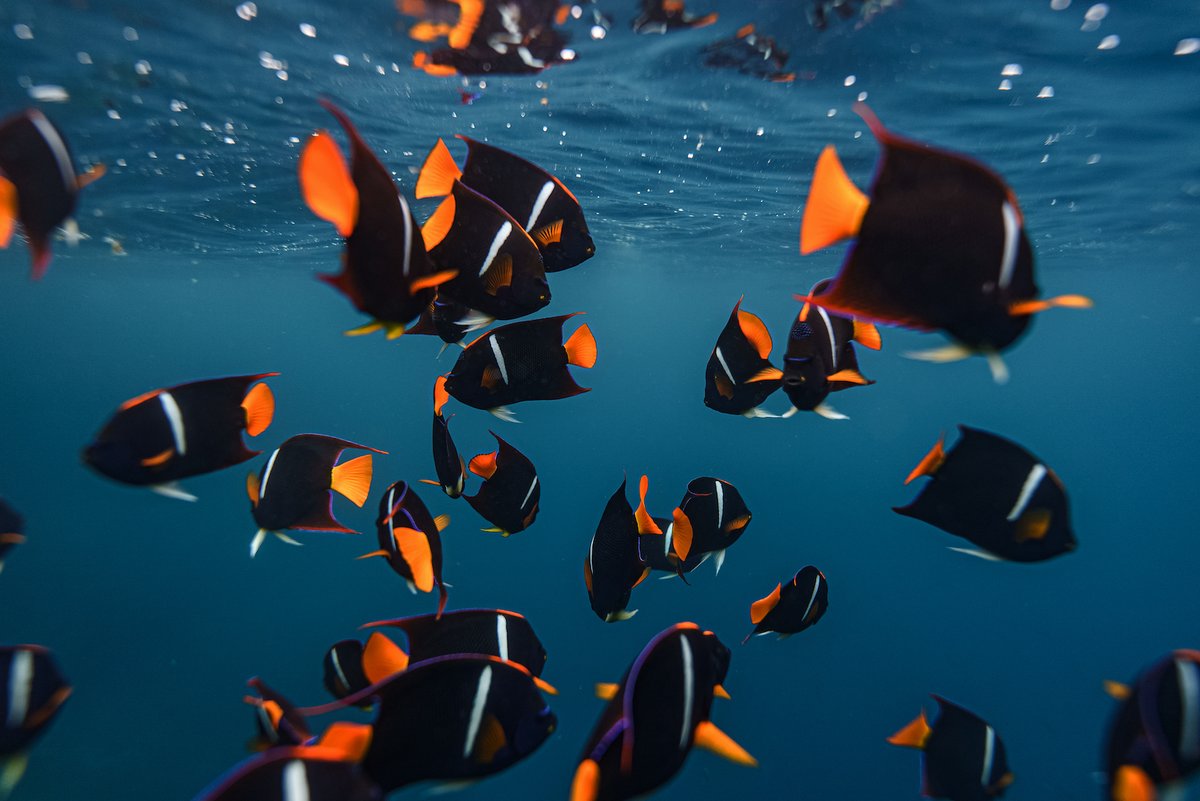
Make a lasting impact in Galapagos. Donate to support our mission and our work.
Donate Give monthly Adopt a speciesThere are a number of other ways you or your organization can contribute to our work.
A Night of 65 House Parties: 31 July 2025 Leave a legacy gift Become a corporate donor Fundraise for GalapagosThe impact you make in Galapagos is part of a larger footprint. Get involved today.
Meet our donors Become a CDF Ambassador Become a volunteer Send a free e-card! Sign up to our newsletter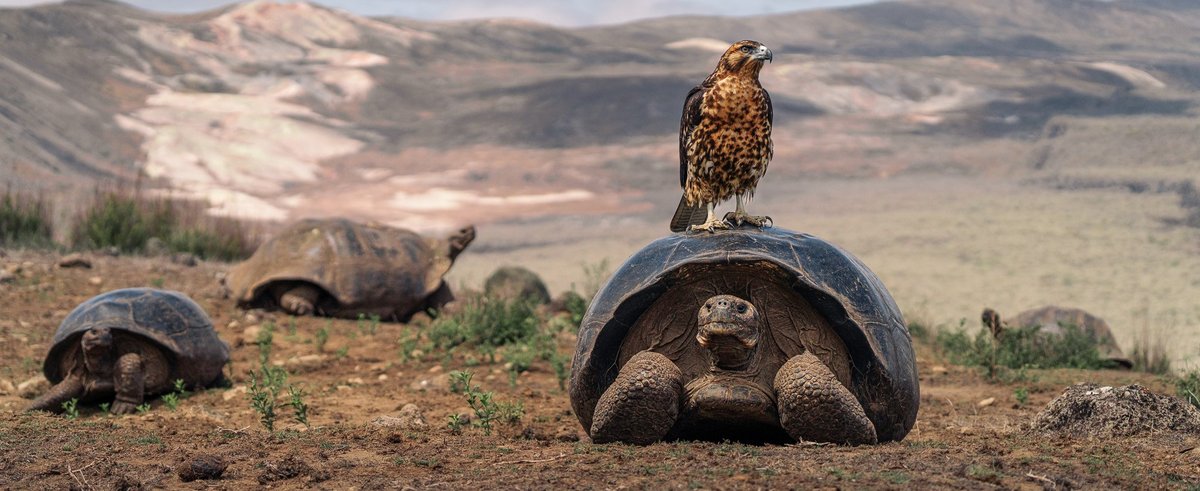
Discover how our science and conservation programs are making a difference for the future of Galapagos.
View moreThe latest news releases from the Charles Darwin Foundation and its Research Station.
View moreExplore firsthand accounts from our researchers, staff, and collaborators in Galapagos.
View more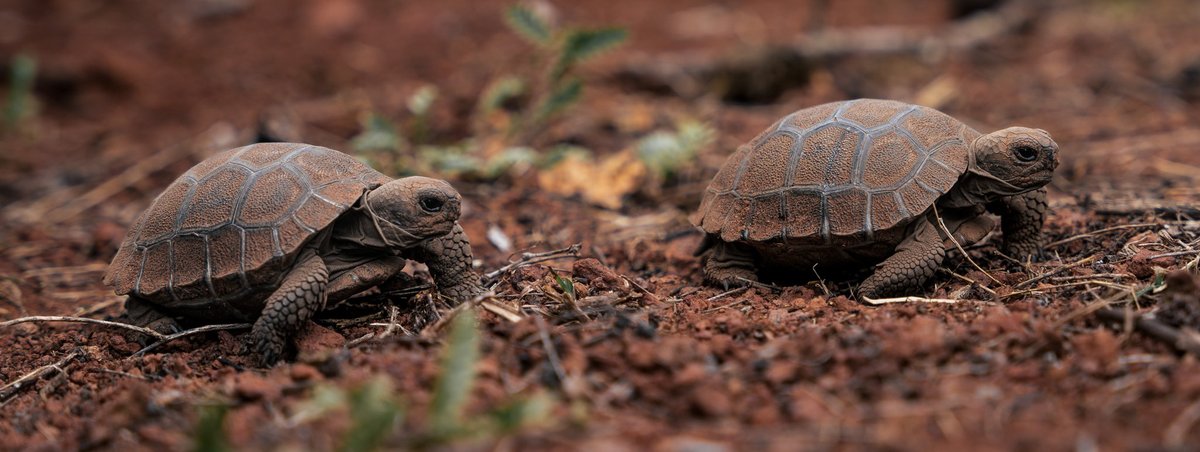
When you travel to Galapagos, you become part of a global effort to protect these iconic islands.
About Galapagos Travel tips How to pack for Galapagos Frequently Asked Questions Galapagos National Park Rules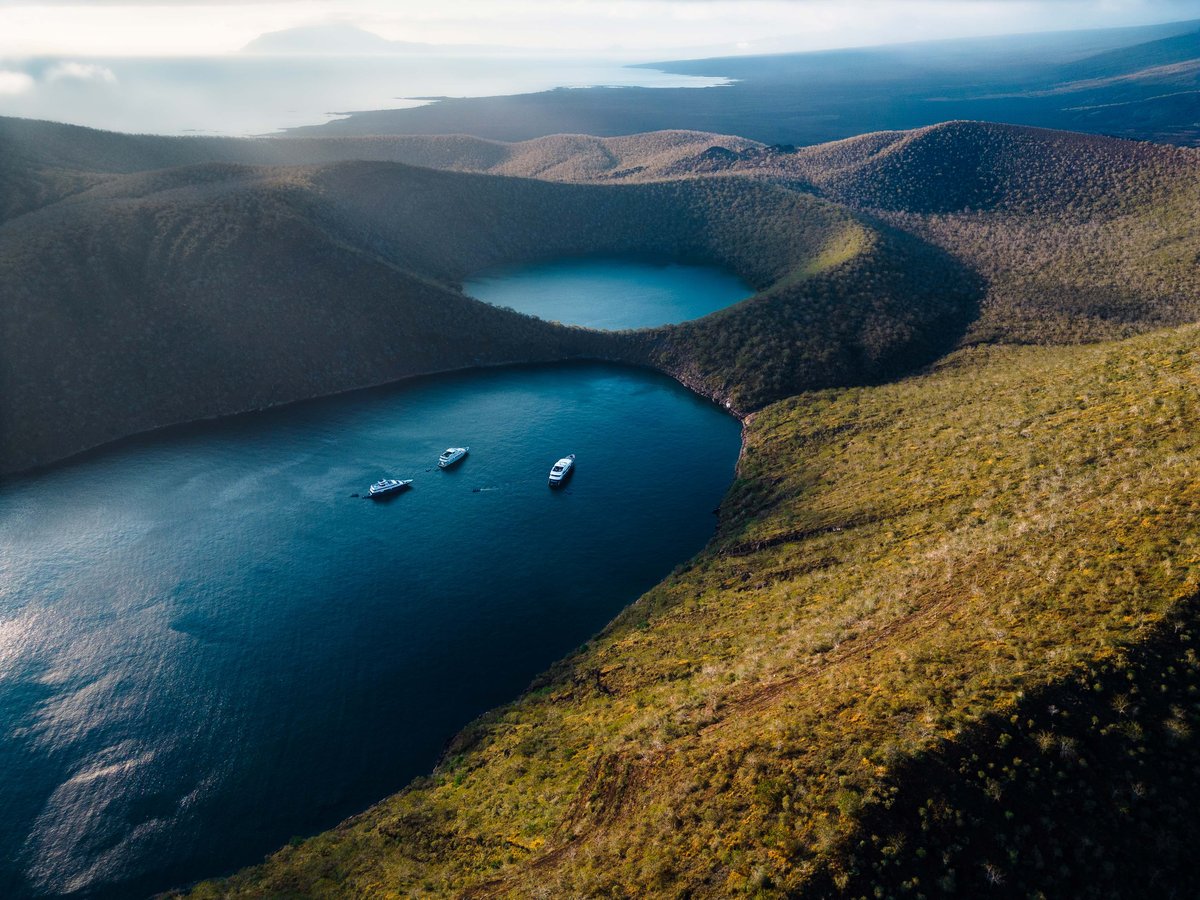

Discover our work conserving key marine species in Galapagos and the Eastern Tropical Pacific.
View our Ocean Programs Deep-ocean exploration & conservation Mangrove Ecology and Climate Change Marine biodiversity research Marine bird conservation Ocean governance Sea turtle conservation Shark ecology and conservationExplore our efforts to safeguard and restore the Galapagos Islands' iconic land-based fauna and flora.
View our Land Programs Conservation of threatened plant species Control of the avian vampire fly Giant tortoise conservation Landbird conservation Restoration of Arid Zones Scalesia forest restorationUnderstand how our work is grounded in the benefits nature provides to the people of Galapagos.
View our people programs Education and Community Outreach Sustainable fisheries Sustainability for Conservation Urban and rural restoration
Make a lasting impact in Galapagos. Donate to support our mission and our work.
Donate Give monthly Adopt a speciesThere are a number of other ways you or your organization can contribute to our work.
A Night of 65 House Parties: 31 July 2025 Leave a legacy gift Become a corporate donor Fundraise for GalapagosThe impact you make in Galapagos is part of a larger footprint. Get involved today.
Meet our donors Become a CDF Ambassador Become a volunteer Send a free e-card! Sign up to our newsletter
Discover how our science and conservation programs are making a difference for the future of Galapagos.
View moreThe latest news releases from the Charles Darwin Foundation and its Research Station.
View moreExplore firsthand accounts from our researchers, staff, and collaborators in Galapagos.
View more
When you travel to Galapagos, you become part of a global effort to protect these iconic islands.
About Galapagos Travel tips How to pack for Galapagos Frequently Asked Questions Galapagos National Park Rules

Discover our work conserving key marine species in Galapagos and the Eastern Tropical Pacific.
View our Ocean Programs Deep-ocean exploration & conservation Mangrove Ecology and Climate Change Marine biodiversity research Marine bird conservation Ocean governance Sea turtle conservation Shark ecology and conservationExplore our efforts to safeguard and restore the Galapagos Islands' iconic land-based fauna and flora.
View our Land Programs Conservation of threatened plant species Control of the avian vampire fly Giant tortoise conservation Landbird conservation Restoration of Arid Zones Scalesia forest restorationUnderstand how our work is grounded in the benefits nature provides to the people of Galapagos.
View our people programs Education and Community Outreach Sustainable fisheries Sustainability for Conservation Urban and rural restoration
Make a lasting impact in Galapagos. Donate to support our mission and our work.
Donate Give monthly Adopt a speciesThere are a number of other ways you or your organization can contribute to our work.
A Night of 65 House Parties: 31 July 2025 Leave a legacy gift Become a corporate donor Fundraise for GalapagosThe impact you make in Galapagos is part of a larger footprint. Get involved today.
Meet our donors Become a CDF Ambassador Become a volunteer Send a free e-card! Sign up to our newsletter
Discover how our science and conservation programs are making a difference for the future of Galapagos.
View moreThe latest news releases from the Charles Darwin Foundation and its Research Station.
View moreExplore firsthand accounts from our researchers, staff, and collaborators in Galapagos.
View more
When you travel to Galapagos, you become part of a global effort to protect these iconic islands.
About Galapagos Travel tips How to pack for Galapagos Frequently Asked Questions Galapagos National Park Rules
Planning your trip to the Galapagos Islands? Below are answers to some of the most frequently asked questions to help you prepare for an unforgettable and responsible journey to this unique destination.
Most travelers do not need a visa to visit the Galapagos Islands. However, you will need a valid passport with at least six months of validity from your departure date. Check information with your local embassy for more information about Visa requirements to Ecuador.
When you arrive at the airport in Baltra or San Cristobal you will be required to pay the National Park entry fee of $200. This fee allows you to stay on teh archipelgo for a maximum period of two months.
Galapagos can be visited year-round. The high season is from June to August and December to January when the weather is pleasant, and wildlife is active.
However, each season has its unique attractions:
Travel insurance is highly recommended. It can help cover unexpected medical expenses, trip cancellations, or interruptions, and provide peace of mind during your trip.
Generally, no specific vaccinations are required for Galapagos. However, it's wise to be up-to-date on routine vaccines and consult your healthcare provider or your local embassy for any recommendations.
Yes, there are strict regulations on what you can bring to protect the unique ecosystem of Galapagos. Check the latest guidelines on the Biosecurity Agency's website. The latest list is available here (Spanish only).
The Galapagos Islands are famous for their unique wildlife, including giant tortoises, marine iguanas, blue-footed boobies, sea lions, and various bird species. You'll have the chance to see these animals up close.
Remember that you are on the equator and UV is very high! Use high SPF sunscreen, wear protective clothing like long-sleeved shirts and hats, and use sunglasses. It's essential to be sun-conscious due to the strong equatorial sun.
Credit cards are accepted in larger towns and hotels but may not be as widely accepted in more remote areas and islands. It's advisable to carry some small denomination US Dollars for incidental purchases. There are banks on Santa Cruz and San Cristobal, as well as Isabela, although for the latter it's better to have enough cash on you for your stay. There are no banks or cash machines on Floreana Island.
Swimming and snorkeling in Galapagos are generally safe. However, be cautious of strong currents and follow guidelines from your tour guide. Always keep a safe distance from animals (minimum 2m) and remember to wear coral-friendly sun screen when swimming.
Most of the Galapagos Islands are part of a National Park, and visitors are required to have a licensed guide for most excursions to ensure the preservation of the ecosystem. Independent travel is limited. Contact a travel agency for more information.
The Charles Darwin Research Station is open to visitors every day, Monday through Sunday, from 8:00 AM to 6:00 PM, including holidays. Admission is free of charge. See more information here:
You can explore the Station on its own or combine your visit with a tour of the Galapagos National Park's Tortoise Breeding Center (Ruta de la Tortuga), conveniently located right next door. Please note that visiting the Breeding Center requires a certified naturalist guide, which you can hire through one of the local agencies in Puerto Ayora.
Yes, the Galapagos National Park has strict visiting rules to minimize human impact and protect wildlife. Always stay on marked trails, maintain a safe distance from animals, and follow the guidance of your licensed guide.
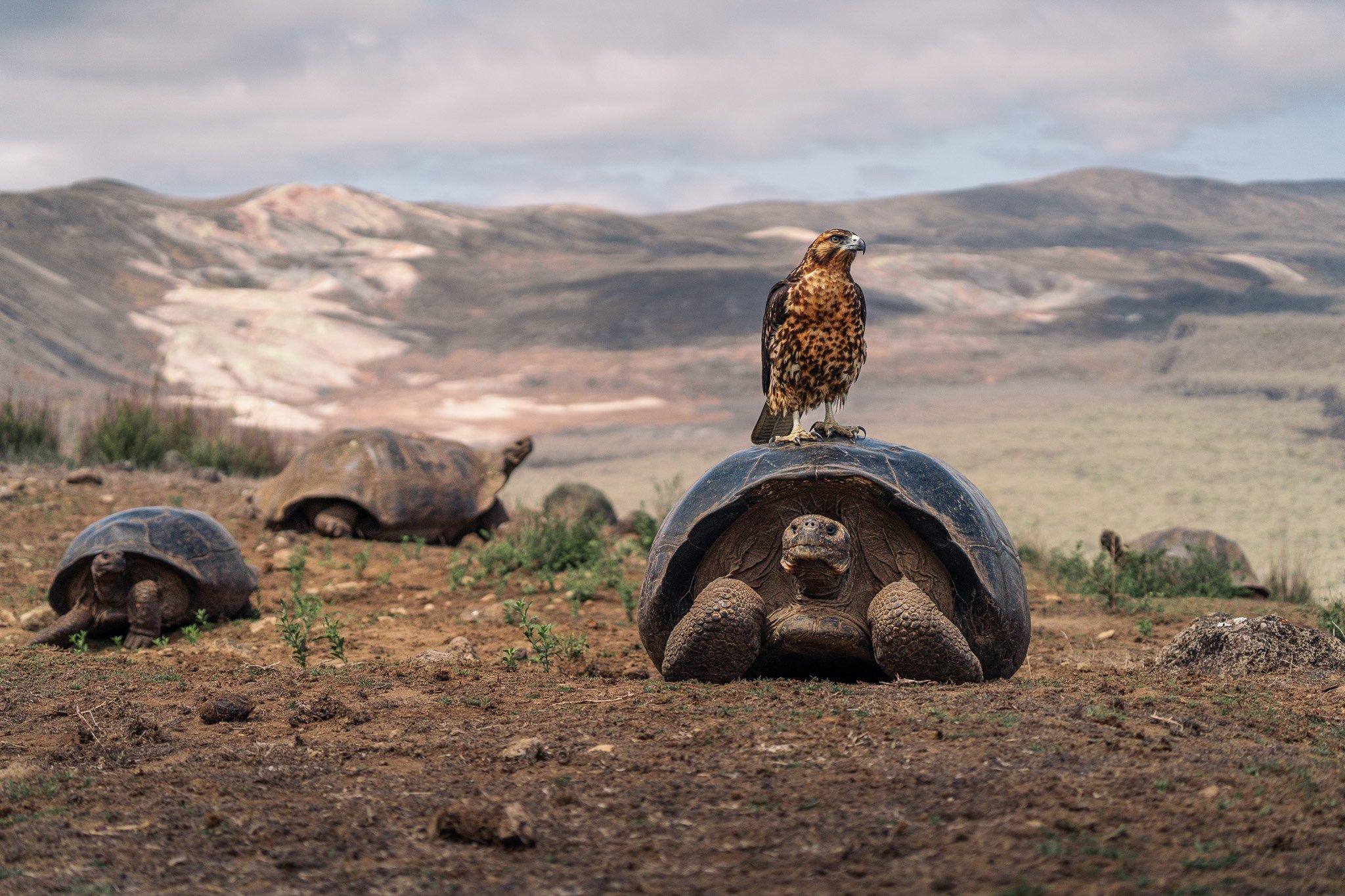
The impact you make on this small ecosystem of enormous biodiversity is part of a larger footprint you are leaving for the world's future. Join us on our mission to safeguard one of our planet’s most important natural treasures through science and conservation action by making a donation today. Thank you for making an impact with us.